Silicondust USA Inc., maker of the popular HDHomerun networked digital TV tuner, and Hauppauge Computer Works, known for a variety of hardware tuners, have announced an alliance to introduce a USB-connected digital cablecard tuner.
Silicondust will concurrently be introducing its HDHomerun Prime, a cablecard version of their networked digital tuner. “Silicondust’s experience with digital cable access systems combined with Hauppauge’s strong computer TV tuner sales will produce a successful launch of this innovative product.†said Ken Plotkin, President and Chief Executive Officer of Hauppauge Computer Works.
The products should be available for sale by the end of the year. The competition, the PCI-Express based Ceton InfiniTV4 Cablecard Tuner, has suffered from parts shortages.
As previously mentioned, a recent change by Cable Labs has permitted these devices to be used in a limited fashion under Linux. As revealed by Jeremy Hammer, Vice President of Systems Integration for Ceton Corporation, during a recent podcast interview, developers are already working, with support from the hardware manufacturers, to integrate the necessary functionality into popular Linux DVR software MythTV. You can hear that interview on the HTPCentric Podcast, Episode 7(htpcentric.thedigitalmediazone.com).
The editor of this blog appeared in Episode 3 of the same podcast, discussing his MythTV setup. An update on that will be coming soon.
Related articles by Zemanta
- Some CableCard Content Will Be Available to Linux (linux.gadgetwisdom.com)
- CableLabs amends OCUR spec, tuner sharing and MythTV are on (hd.engadget.com)
- InfiniTV 4 quad CableCARD tuner is shipping (engadget.com)
- HDHomeRun Prime with CableCARD might work with MythTV after all (hd.engadget.com)

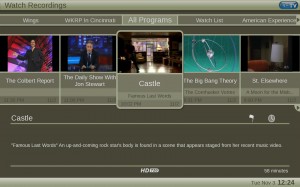

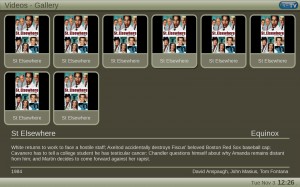
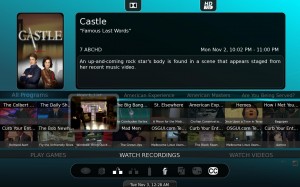
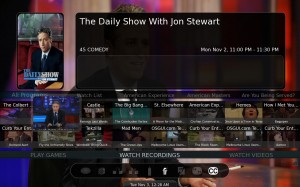
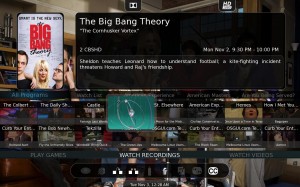
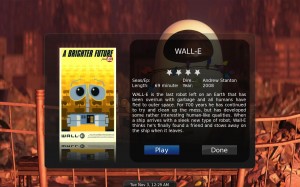
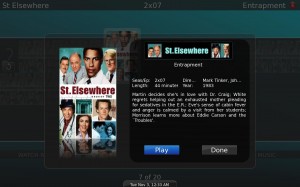
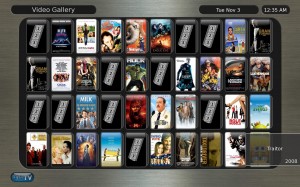

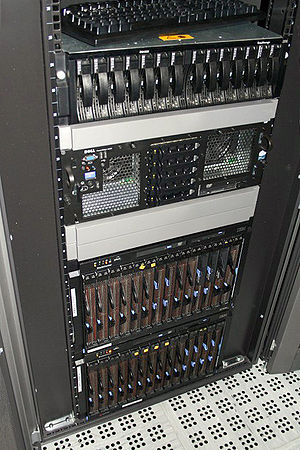




![Reblog this post [with Zemanta]](http://img.zemanta.com/reblog_c.png?x-id=11590cc0-d375-4d61-adb2-7d299a9739ea)